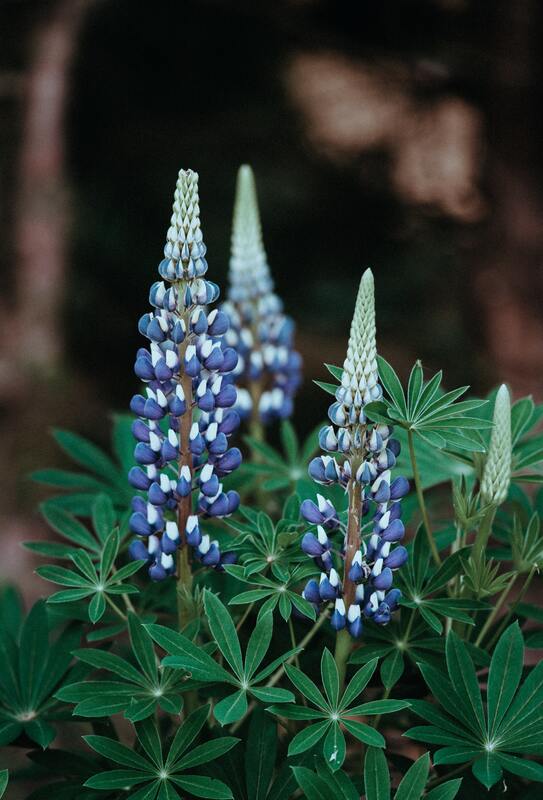|
George Russell is the horticulturist responsible for creating the Russell lupin that now plague our waterways and threaten our native wildlife. He received an MBE for is efforts in horticulture but could he of imagined the devastation his creation would cause? George Russell (1857-1951) of York, spent nearly 30 years creating is own Lupin from Lupinus polyphyllus of N.America brought to the UK in 1820s. The original plant has much duller colours and more space between flowers. He selectively pollinated plants so that bright colours and densely backed flowers become dominant in their DNA.
He first unveiled his creation in 1937 at the Royal Horticultural Society Show and went on to win awards and later an MBE and Veitch Memorial Medal for a lifetime's achievement in horticulture. Russell lupins made there way to NZ around 1940s and is now one of the most invasive weeds in the country. They spread rapidly and quickly change the environmental characteristics of many waterways. Dense beds can trap sediment in braided rivers, changing the shape and depth to unfavourable conditions for native birds. The loss of nesting sites and increased risk of predation by pests using weeds for cover, birds such as black stilts and banded dotterels are now threatened. The environmental changes created by lupins also impacts aquatic species and increases the risk of flooding to lowlands, shrublands and residential property. There is doubt they can be contained but councils and DOC use various method to contain the spread. Removal, herbicides and grazing are common ways for control lupins. The Otago Regional Council stipulate: Over the life of the pest plan (10 years) the goal is to sustainably control the extent of Russell lupin within certain distances from waterways and property boundaries.
As a lover of wildlife, we can imagine George Russell would be mortified by the destruction his creation has caused ecosystems around the world. In the early 1900s gardens were the pride of many homeowners and they carelessly spread seeds in gardens all around the country. now were a fighting a challenging war against these beautiful creations and don't seem to be winning any time soon. We cant deny incredible beauty of Russell Lupins and the stunning photos they give many newly weds, but we need to protect our endemic and vulnerable species before we lose them forever.
0 Comments
Leave a Reply. |
Archives
September 2023
Categories
All
|



 RSS Feed
RSS Feed
